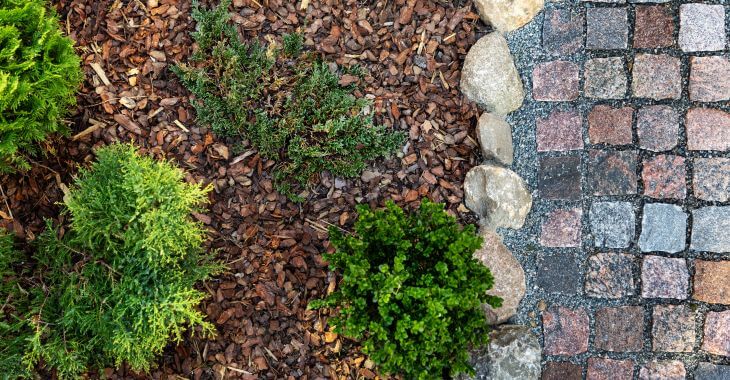Basic Landscape Design Principles
Designing and installing an attractive landscape involves more than randomly planting colorful flowers and shrubs around your yard. A beautiful landscape starts with a careful landscape design. Whether you plan to tackle the job yourself or to hire a landscaping professional, understanding the basic principles of landscape design will help you achieve the results you desire.
Keep in mind that these principles are guidelines rather than rules. Ultimately, your landscape design should reflect your creative process and if you are happy with the results, then the project was a success.
Unity is an important element of any good landscape design. There should be something that ties the project together. It could be consistent use of color, height, shape, texture, or a theme that is reinforced throughout the design.
Most good landscape designs are simple. Simplicity can be achieved by avoiding trying to do too much. Cluttering up the landscape is distracting. Try to stick with two or three colors and keep in mind that “less is more.”
You should work to achieve balance in your design. Balance can be symmetrical such as equally sized shrubs on both sides of an entryway. It can also be asymmetrical which is harder to achieve, but involves including similar elements of a design in differently shaped and sized garden beds on opposing sides of the landscape.
Smooth transitions from one element to the next create a pleasing landscape. Abrupt changes should be avoided. Instead, establish gradual transitions that lead the eye naturally from one element to the next.
Take care to ensure that your elements are in the proper proportion in relation to each other. Hardscapes, waterscapes, and statuary should be in proper proportion to the area they are located. Similarly, trees and shrubbery should be proportional to their location. They should be sized to create a pleasing relationship with their surroundings.
